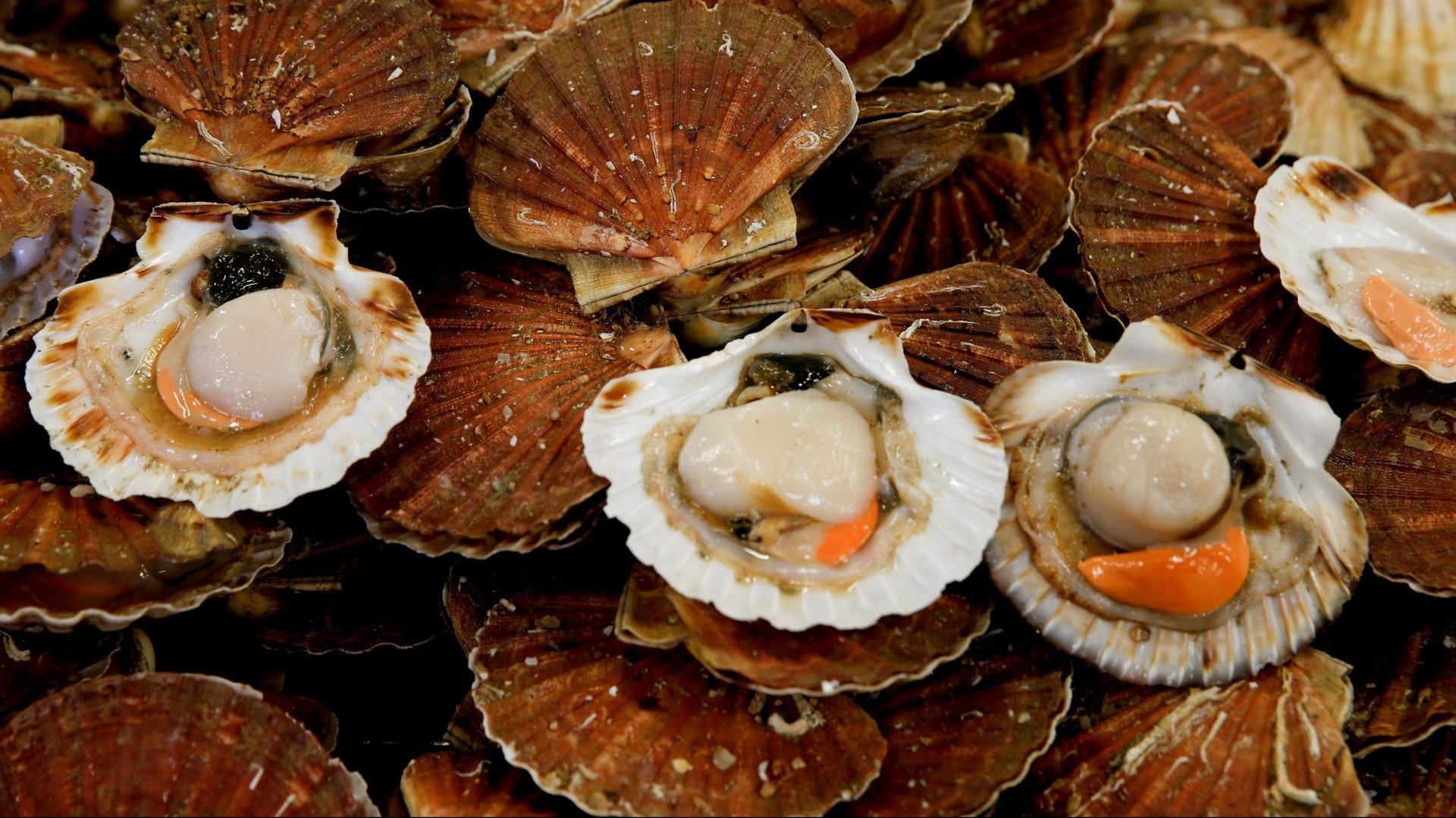One change to your diet can make you healthier and smarter—if you’re brave enough to do it
The thought of eating fish freaked me out as a kid. It smelled weird. It came from the ocean, which to a kid from Ohio seemed unknowable and therefore an inherently suspicious background—sort of like being from New Jersey, or outer space. And the fish I saw on ice at the grocery store always seemed to be staring at me, which was rude. Once in a while I might have a crispy fish finger at the school cafeteria; otherwise, I gave fish a pass.


The thought of eating fish freaked me out as a kid. It smelled weird. It came from the ocean, which to a kid from Ohio seemed unknowable and therefore an inherently suspicious background—sort of like being from New Jersey, or outer space. And the fish I saw on ice at the grocery store always seemed to be staring at me, which was rude. Once in a while I might have a crispy fish finger at the school cafeteria; otherwise, I gave fish a pass.
In that, I was in good company. Globally, fish consumption is at an all-time high. But Americans are notorious slackers when it comes to eating fish. While US dietary guidelines recommend that people consume eight ounces of seafood per week, between 80-90% of Americans don’t hit the goal, according to a US Department of Agriculture analysis. The main problem for those who avoid fish, according to consumer surveys? They just don’t dig the taste.
But as I’ve grown into adulthood, it’s become increasingly difficult to deny the benefits of eating fish. Consider the results of a new study from the University of Pennsylvania, published in the Nature journal Scientific Reports. The study of 541 Chinese schoolchildren found that kids who ate fish at least once a week slept better, and scored 4.8 points higher on IQ tests, than kids who ate fish rarely or not at all. Basically, fish-eaters are smugly prancing around chockfull of omega-3 fatty acids, with healthy hearts and smart brains and a lower risk of depression, and the rest of us are suboptimal chumps.
So in 2017, I resolved to overcome my fear of fish—and realized that I’ve seriously been missing out. If you, like me, are intrigued by the prospect of upping your seafood consumption, there’s no time like the new year to start. Should you need a little extra motivation, you might try the trick I discovered by accident: Plan yourself a seafood adventure.
The problem with eating fish, if you’re not naturally disposed to like it, is that it seems like a health chore—along the lines of flossing or dragging yourself to the gym. I’d been toying with the idea of eating fish for years: poaching a scallop off a friend’s plate at a wedding, or nibbling on the world’s tiniest shred of lox.
But what finally motivated me to get serious about the delicacies of the deep was booking a two-week trip to Japan this past fall. Everyone says that one of the best ways to understand a culture is by experiencing its food. And if I was going to be surrounded by the best sushi the world has to offer, it seemed like a damn shame to miss out.
With the knowledge that I wanted to be an enthusiastic seafood consumer by November, I began a months-long fish training program. Some early encounters went off without a hitch. I loved the beer-battered cod tacos at Tacombi, the Mexican restaurant near my office—but then again, anything tastes good coated in beer batter. Splitting a delicately flavored roll of tuna sushi with a friend was a delight. My dad’s mussels, simmered with garlic, thyme, leeks and white wine? I passed my plate for seconds.
Other forays were more of a challenge. At a picnic in Prospect Park, my Estonian friend presented me with a delicacy: a slice of black bread spread with egg salad, and on top of that, a glistening row of tiny pickled sprat. This was black-diamond fish territory, and I was very much still on the bunny slopes. For a wild moment I imagined the headless fish raising up their tails in unison in an attempt to warn me away, like scary synchronized swimmers. I pushed the image out of my mind, bit down, and ate.
As it turned out, all the fish training paid off. When I got to Japan, I snagged sushi off conveyor belts with abandon. At a ryokan, I happily gobbled down salmon sashimi; at a fish market in Tokyo, I scooped seared fish from a giant clamshell. And at one of the best meals I’ve ever had—a nine-course feast in Kyoto—I was presented with a bowl of bright green peppers with itty-bitty, translucent fish on top. I didn’t hesitate, and dug right in.
So if you’re a fish resistor who wants to eat healthier in the new year, you might try planning a trip to a location that’s known for its seafood—whether it’s a vacation to the white beaches of the Maldives (the country that eats the most fish per capita in the world), sampling mussels and lobster on a weekend trip to Maine, or trying to rank the best sushi on offer in your hometown. Your heart—and your brain, and perhaps even your waistline—will thank you.